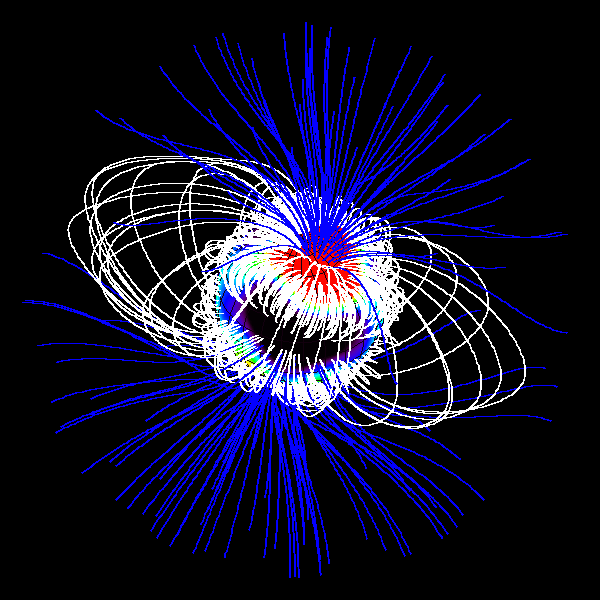Where do stars come from and how are they born? This question is all about origins: the origin of stars and their planets, the origin of life in the universe. We know that our Sun has at least one planet with life, Earth, but stars other than the Sun may also have the same potential. Stars are born in vast cosmic factories known as molecular clouds: huge volumes of gas, mostly hydrogen and helium, richly laced with complex organic molecules and ice-covered dust grains. They start to form when a portion of the parent molecular cloud collapse under its own weight. In this process, the collapsing globule is progressively spinning faster as it contracts – just as a skater does by bringing his arms closer to his body. The original cloudlet is finally changed into a flat disc, called an accretion disc, whose core gives rise to a new-born star and the surrounding material to planets.
The second goal of SPIRou is to investigate this common process of star and planet formation, and especially the key role that magnetic fields are playing in this process. For instance, these magnetic fields are strong enough to evacuate the core regions of accretion discs in direct contact with the baby stars, and to guide the material from the inner disc rim onto the star through funnels like light through optical fibres. Magnetic fields of accretion discs can also crucially affect how the disc is able to fragment into smaller clumps and therefore how planets can form.
Being often embedded in dust cocoons, baby stars are often only visible at infrared wavelengths. SPIRou will thus be particularly adapted for and efficient at observing new forming worlds of only a few hundred thousand years – a glimpse compared to the very long lifetime (of about 10 billion years) of stars like our Sun. Being a spectropolarimeter, SPIRou will have the ability of measuring magnetic fields at the surfaces of baby stars by looking at how their light is vibrating. SPIRou will also search for giant planets orbiting very close to baby stars, to help us better understand how giant planets like Jupiter form and migrate around their host stars.

Magnetic topology of a baby star
